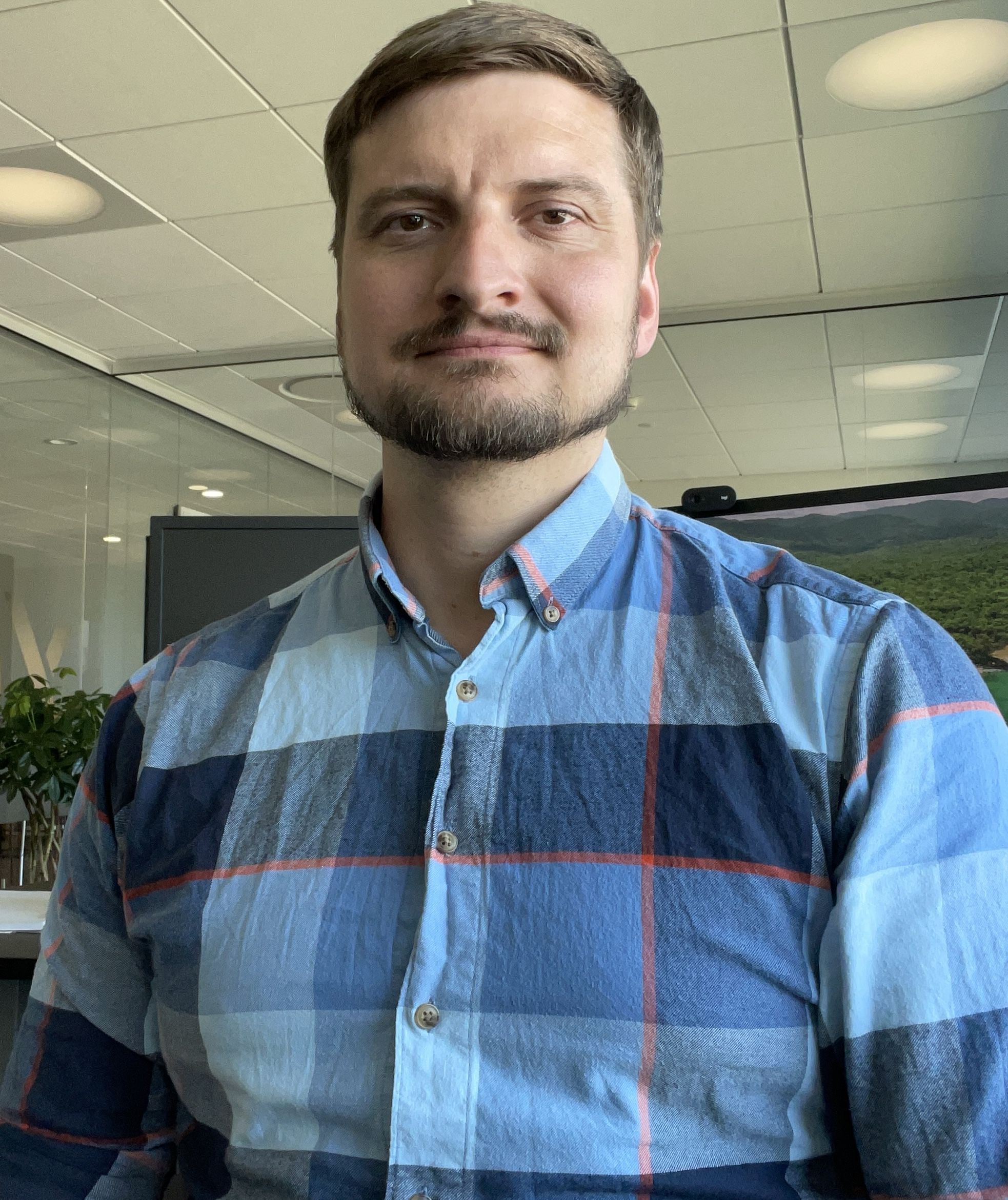Mr. Jensen, what do you like about your job as a digital transformation manager?
One of the best things about my job is solving problems for the customer. Just yesterday, I was sitting with a client and noticed that the architectural firm had drawn the wrong density into the model for a fire-resistant wall that would not live up to the fire rating in reality. It would have been costly if this mistake had actually carried over into the real building! I was able to change it quickly and my client was happy -that's the best feeling I can have in my job. Now I'm about to celebrate my tenth anniversary.
What are the reasons you've been with the company for so long?
I think the atmosphere here has something of a start-up. There are a lot of young people working here, we can do things as we see fit. This openness to new suggestions also attracts exciting new employees. I practically grew up with some of them in the company, and we have shaped the company together. Even when I started as an intern ten years ago, I was able to get involved and convince the managing director of Xella Scandinavia of my own idea after only a short time.
What idea was that?
In my second week at Xella, I virtually accelerated our digitization process: until then, in order to calculate the material prices, my colleagues manually typed in the designations for the individual building materials for every calculation. I thought, "this has to be easier," and found a way to save the names of the 40 or so different wall types so that you just had to select them correctly. That was then quickly implemented. I learnt then: if I recognize a problem in this company and find a solution, I can make a lot of difference here!

